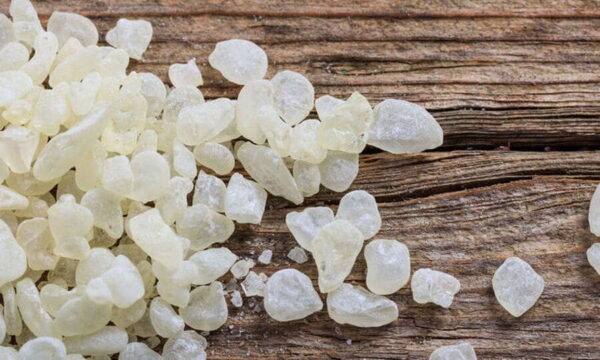Mastic or Mastiha
Mastic is the aromatic resin of mastic trees (Pistacialentiscus) that are cultivated extensively in the southern part of the island of Chios.
Their cultivation on Chios dates back to the 3rd century AD. Minimal rainfall, abundant sunshine and calcareous soil create the ideal environment for mastic plants to flourish. Initially cultivated in 24 villages (also known as Mastihohoria), cultivation was later extended to more villages. Cultivated in Chios and nowhere else, it has been classified since 1997 as a Protected Designation of Origin product (PDO).
The natural mastic, the “teardrop” of the mastic tree as it is known, constitutes a unique agricultural product, distinct for its place and mode of production, as well as for its unique properties and multiple applications. Mastic is used in food, medicine, and industry.
The collection of the mastic is done in a traditional way. Workers flatten the area around the tree and pierce the trunk of the tree at specific points. The mastic starts to flow and in about 15 days it is ready for collection. Usually, this takes place from mid-August to mid-September. Once the product is sifted, washed and thoroughly cleansed, it is sent to the market.
Efforts have been made to produce mastic from this plant in other parts of the world but without success. Scientists are still unable to explain why mastic trees do not flourish in any other part of the world.




